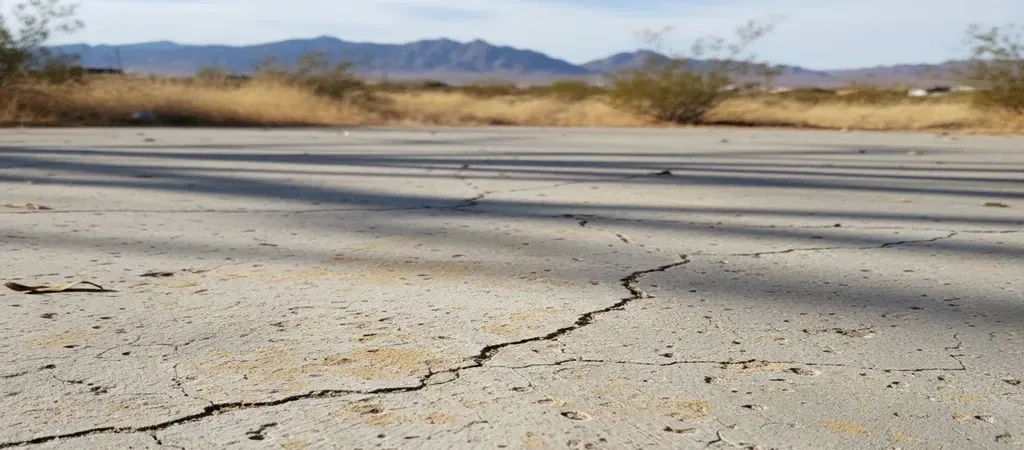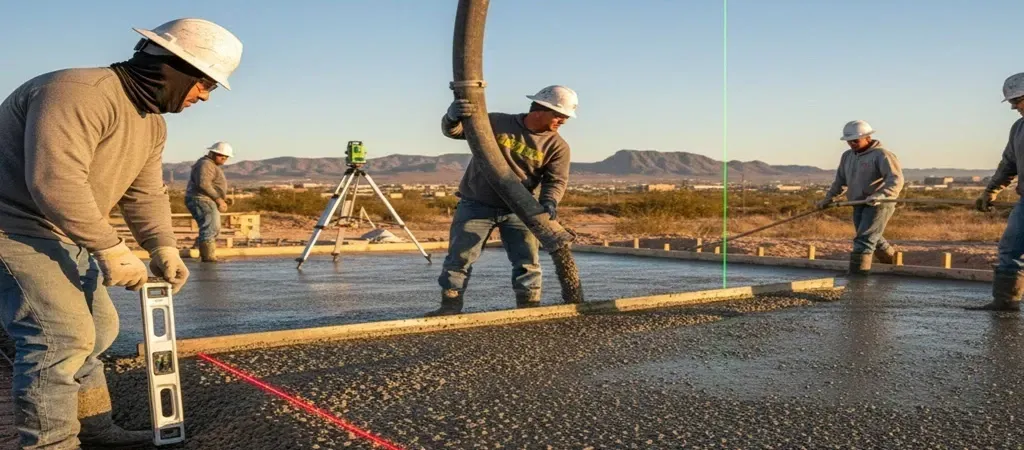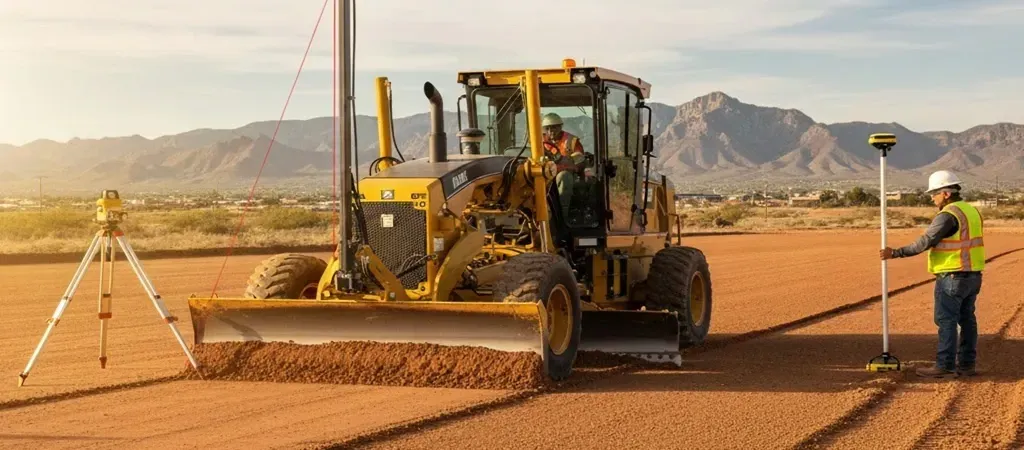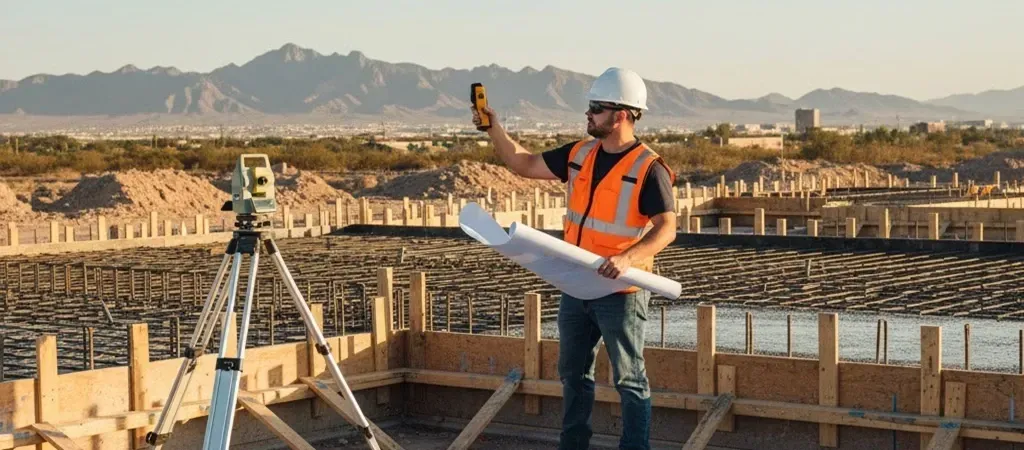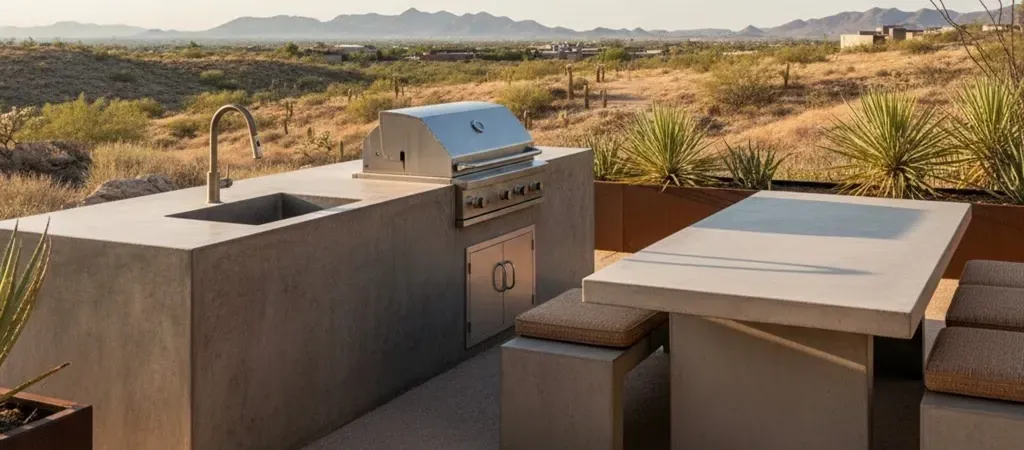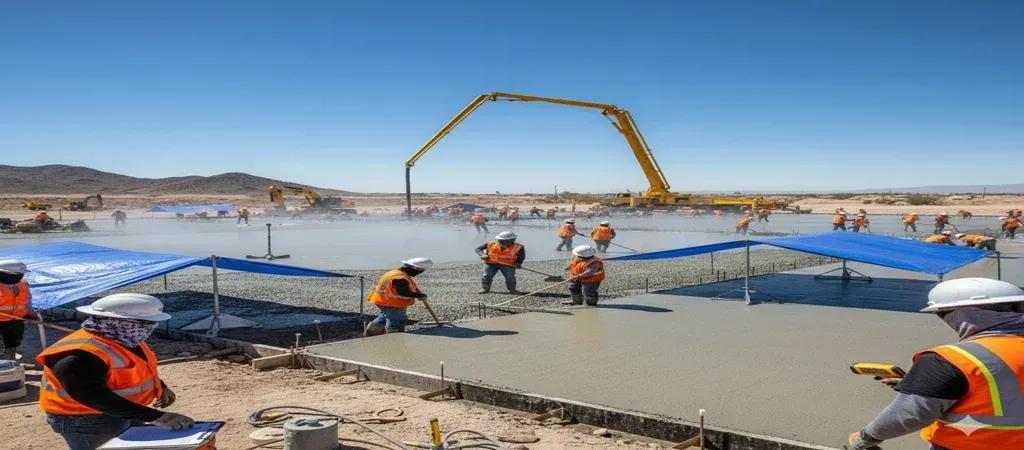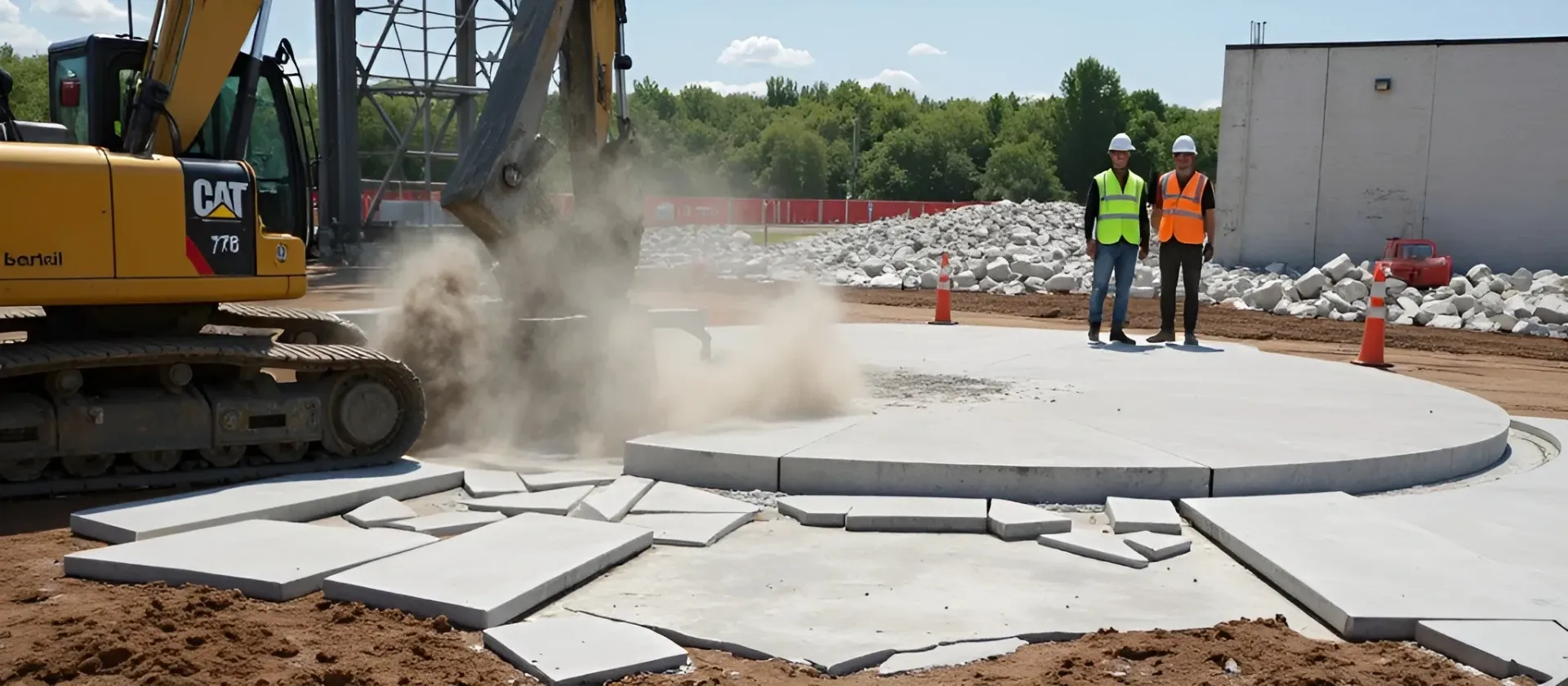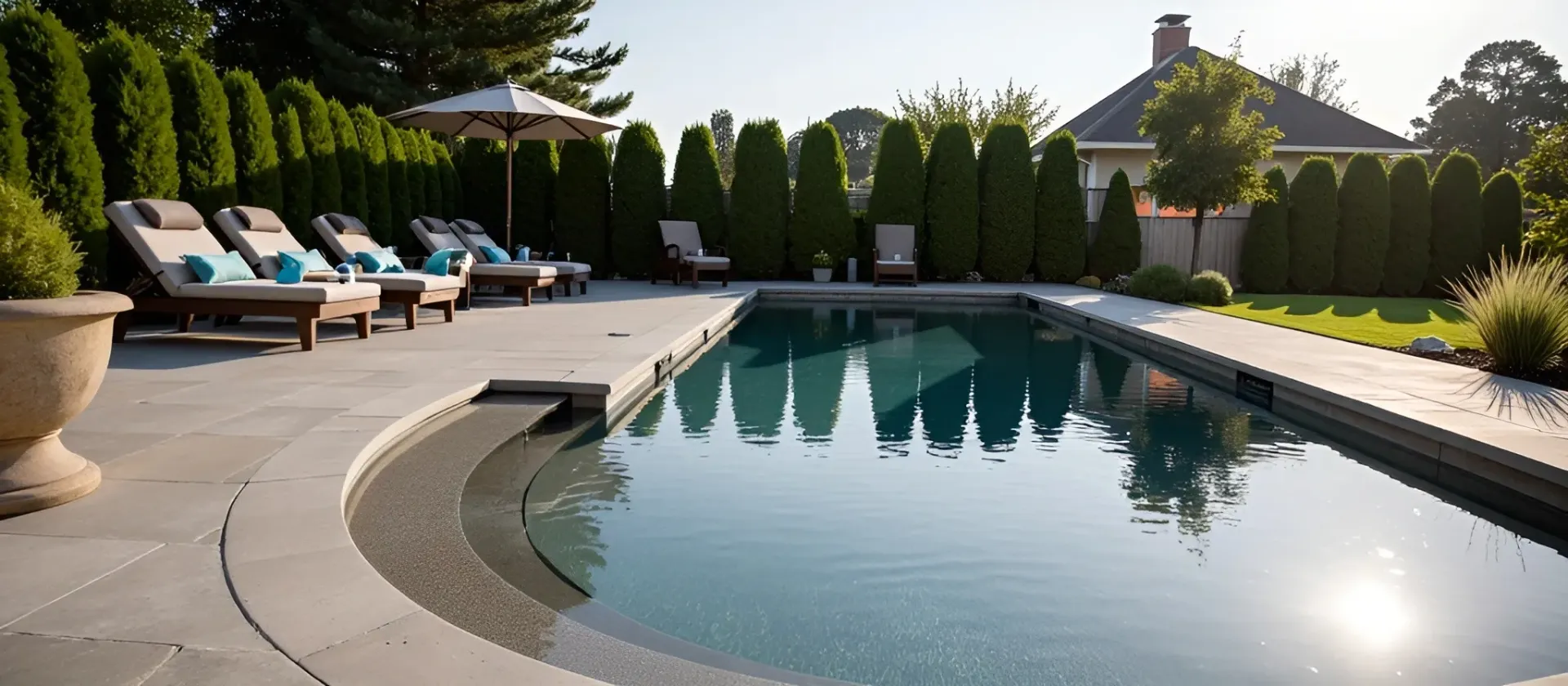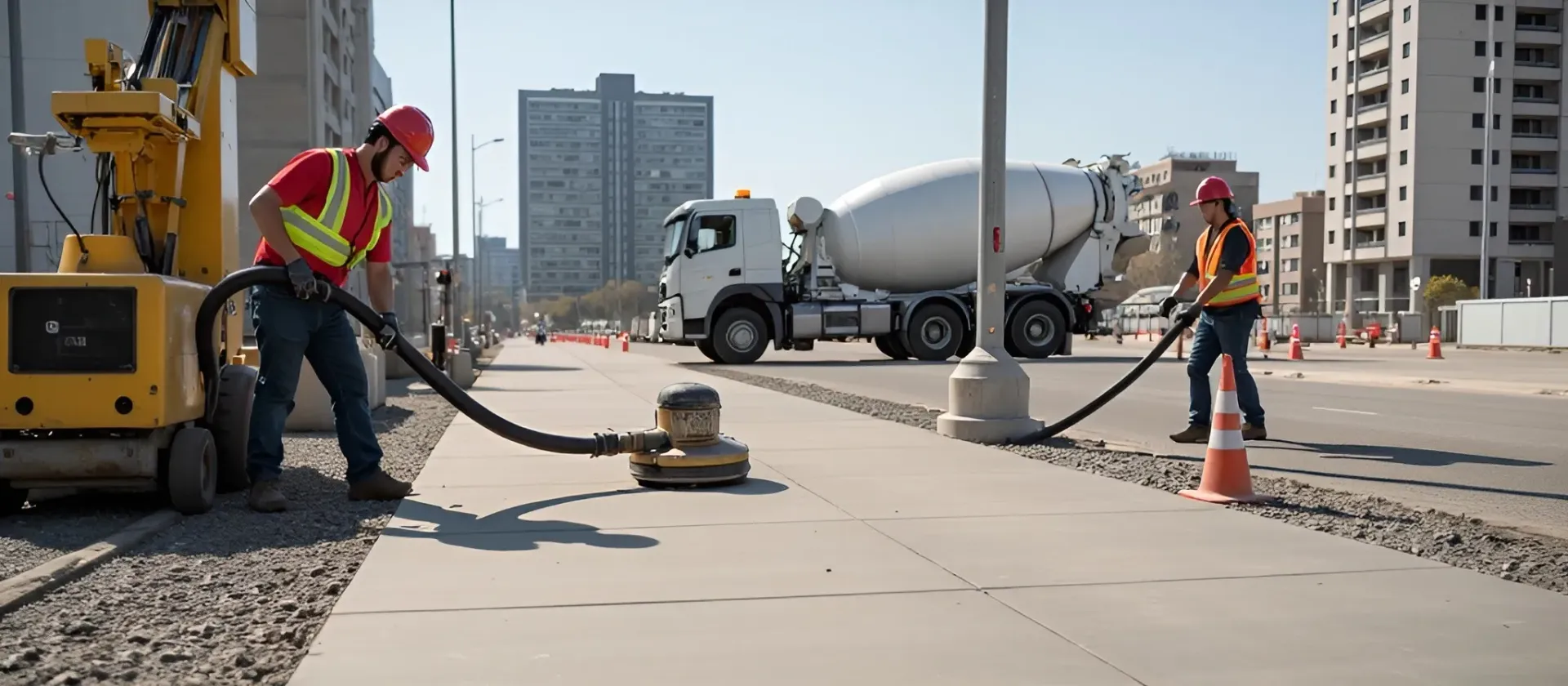Concrete Shrinkage: Why It Happens and How Professional Concrete Contractors in El Paso, TX Mitigate It
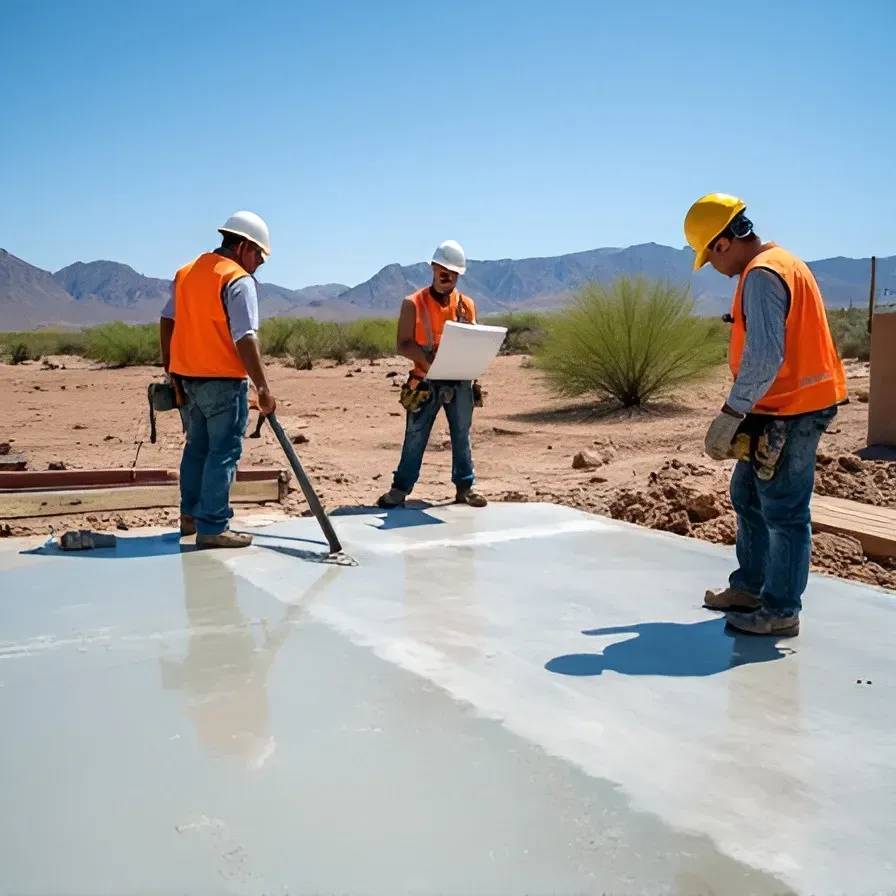
Concrete is strong and reliable. It’s the backbone of countless structures. But it’s not invincible. Ever seen cracks in a sidewalk or driveway? That’s concrete shrinkage at work. It’s a common yet pesky problem.
Why does concrete shrink? And how do pros tackle it? Let’s understand.
Why Concrete Shrinkage Happens (The Science Behind It)
Concrete shrinkage doesn’t happen randomly. There are clear reasons behind it. And understanding them is the first step to preventing it.
1. Too Much Water in the Mix
Concrete begins with its mix. Water is key here. It activates cement and creates a workable paste.
But here’s the problem: too much water! It makes pouring easier, sure. But it creates issues later. As water evaporates, it leaves empty spaces. These voids cause the concrete to shrink. It’s like baking bread with too much yeast. It rises fast but collapses later. Concrete behaves the same way.
2. Environmental Conditions
Nature heavily impacts concrete shrinkage. Hot weather speeds up surface drying. Low humidity makes it worse. Windy conditions add to the problem. This rapid moisture loss causes plastic shrinkage. It happens while the concrete is still wet.
Cold weather brings its own issues. It slows curing, leading to uneven shrinkage. That’s why professional contractors plan around the weather. It’s key to preventing these problems. That’s why weather-conscious concrete pouring is crucial in places like El Paso, TX.
3. Chemical Reactions Inside the Mix
Concrete looks simple. But it involves complex chemistry. When cement meets water, a reaction begins. It’s called hydration. Hydration hardens the concrete. It locks water into the mix. But hydration also uses up water. This causes the mix to lose volume.
This internal shrinkage is called autogenous shrinkage. It’s more common in high-strength concrete. Especially when water-cement ratios are low.
Types of Concrete Shrinkage
Not all shrinkages are the same. Let’s break down the different types:
Plastic Shrinkage
This happens in the early stages. Right after the concrete is poured. The surface dries faster than the underlying mix. As a result, small cracks are formed. It’s like the surface is stretching itself too thin.
Drying Shrinkage
This type occurs after the concrete has hardened. Moisture continues to evaporate over weeks or months. The mix gradually shrinks. This shrinkage is one of the most common problems behind visible cracks.
Autogenous Shrinkage
Autogenous shrinkage doesn’t happen because of moisture loss to the air. It’s caused by chemical reactions within the concrete. These reactions reduce internal volume. It’s less obvious than drying shrinkage. But it can still weaken the structure if unmanaged.
What Happens If Shrinkage Is Ignored?
Concrete shrinkage might seem like a minor issue. But the consequences can be severe if it’s not addressed.
- Structural Weakness: Shrinkage causes cracks. That reduces the strength of the concrete. This leads to serious structural problems. Especially in load-bearing applications.
- Water Infiltration: Shrinkage cracks are open invitations for water. Once water seeps in, it can cause corrosion in reinforcements. Or freeze during cold weather, further widening the cracks.
- Aesthetic Damage: Let’s not forget the visual impact. The cracked concrete looks old and worn out. Even if it’s relatively new. This can hurt the value of a property.
How Professional Contractors Mitigate Concrete Shrinkage
The good news? Shrinkage isn’t inevitable. Skilled contractors have many techniques to keep it under control.
1. Mix It Right
The first step to preventing shrinkage starts with the mix. Contractors carefully balance the water-cement ratio. This ensures the mix is workable without being overly wet.
Plus, they include shrinkage-reducing admixtures. These chemical additives work by reducing the amount of moisture that evaporates. Think of them as a protective shield for the mix.
2. Timing Matters
Timing is everything when working with concrete. Contractors avoid pouring concrete during extreme weather conditions. Hot or windy conditions need extra care.
Contractors use covers to protect the surface. Misting also helps slow down evaporation. In hot weather, pouring concrete during cooler hours is preferred. It reduces the risk of shrinkage.
3. Proper Curing Techniques
Curing is like giving the concrete a long, relaxing bath. By keeping the surface moist and at the right temperature, contractors ensure the mix hardens evenly.
Common curing methods include misting the surface, using wet burlap, or applying curing compounds. These techniques prevent the rapid moisture loss that leads to shrinkage.
Well-timed and properly cured standard concrete patios are less prone to cracking over time.
4. Adding Control Joints
Control joints are intentional cuts or grooves in the concrete. They guide shrinkage movements to specific areas, preventing random cracking. It’s like giving the concrete a safe space to release stress.
5. Using High-Tech Solutions
Modern problems need modern solutions. Shrinkage-compensating concrete is one of them. This special mix expands slightly as it cures. The expansion balances out the shrinkage. The result? A smooth, crack-free finish.
Some contractors also consider the pros and cons of precast concrete, which can be more controlled and less prone to shrinkage during installation.
Why Hiring Professionals Is Crucial
Concrete shrinkage might sound simple. However, managing it requires skill and experience. Professional contractors know the science of shrinkage. They have the skills to tackle it.
Hiring a pro means more than paying for labor. You are investing in long-term results. They select the right materials with care and monitor the weather and environmental factors closely. Plus, pros use advanced techniques to prevent shrinkage.
When it comes to foundational work, hiring a concrete contractor for your foundation instead of a general home builder makes a major difference.
Conclusion
Concrete shrinkage doesn’t need to be a problem. Understanding the causes is the first step. Taking the right measures is the second.
Contractors can prevent cracks with proper planning. They build structures that last for years. Now you know why shrinkage happens. And how to stop it from ruining your project. So trust the experts to handle it with care. When it comes to concrete, quality matters most.
